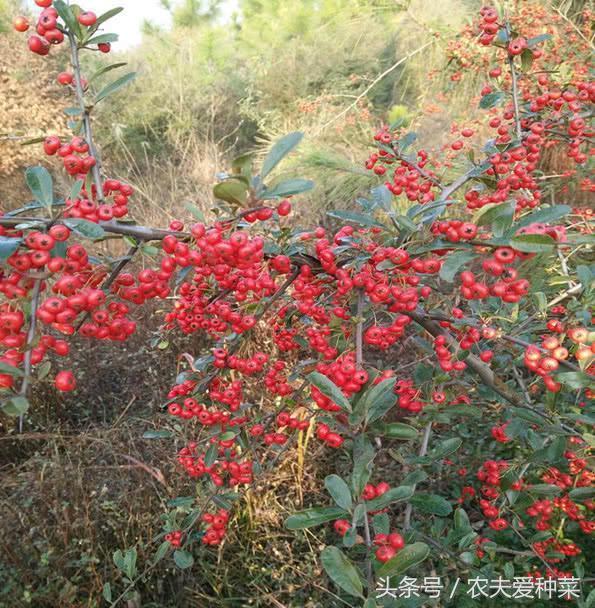A kind of inconspicuous weed that many people have never seen but is a good thing full of treasure.

This kind of weed is inconspicuous at all, and not many of my friends in the north may have seen it. It is a weed that grows mainly in the south, called Trichosanthes. It is generally seen more in the countryside, and perhaps it can also be seen in the suburbs of the city. But this kind of grass is so inconspicuous that it may step on it on the road.
This kind of weed is called Trichosanthes, also known as Trichosanthes, mainly produced in Guangdong, Guangxi, Fujian, Yunnan, Guizhou and other provinces, commonly found in some forests or roadside more humid ground, but also grow in some bamboo forests and bamboo mixed together.
Trichosanthes this plant, it is a perennial, creeping, node-by-node root of herbs, some can grow very long, to more than 10 meters, its leaves and pepper leaves are very similar, the leaves are bright leathery, have a special fragrance.
In some parts of the south, its leaves are eaten as a spice, which tastes similar to the familiar perilla, especially in Zhanjiang, Guangdong, where the rice made from Trichosanthes leaves is delicious, but they are called clam rice.
In addition to eating, Trichosanthes has many medicinal uses, its whole body is treasure, roots, leaves and fruits can be used as medicine, root can treat injury caused by falls, rheumatism and bone pain, wind-cold cough, etc., and fruit can treat abdominal distension, loss of appetite, toothache and stomachache.
Trichosanthes has the characteristics of weeds and has strong vitality. It generally propagates and spreads its seeds naturally. After the seeds are ripe, they fall into the soil, and after dormancy and overwintering, they germinate when the temperature and humidity are appropriate between March and June of the second year, and they do not need to be fertilized or watered. They grow vigorously and evergreen all the year round.
The petiole of Trichosanthes mandshurica leaves can be up to 10 cm long, and the leaves are also bigger. in addition to being used as seasoning, they can also be boiled and drunk as tea. if they are potted at home, they are very easy to feed and can be picked and used at any time.
- Prev

Wild fruits growing everywhere on the mountain are planted in flowerpots and raised in flowerpots. Ten thousand fruits are easy to raise and beautiful.
When I was a child, there was a kind of wild fruit growing everywhere on the mountain. We locally called it Yang Tsai. At that time, we did not know that it was Firethorn. Firethorn trees blossomed in spring and summer and only bear fruit in autumn and winter.
- Next

Raise this kind of flowering plant in autumn and keep it beautiful and easy to raise after blooming for more than 200 days.
It feels like it was so hot and sweaty two days ago that it suddenly turned cool into autumn, and the weather changed too fast, so what kind of flowers is suitable for this weather now? Raise this kind of flowering plant in autumn, blossom is good-looking, easy to feed, florescence is still long can bloom 200.
Related
- Wuhan Hospital Iron Tree Blooming Result Was Instantly Frightened by the Gardener Master
- Which variety of camellia is the most fragrant and best? Which one do you like best?
- What is the small blue coat, the breeding methods and matters needing attention of the succulent plant
- Dormancy time and maintenance management of succulent plants during dormancy
- Minas succulent how to raise, Minas succulent plant pictures
- What are the varieties of winter succulent plants
- How to raise succulent plants in twelve rolls? let's take a look at some experience of breeding twelve rolls.
- Attention should be paid to water control for succulent plants during dormant period (winter and summer)
- Watering experience of twelve rolls of succulent plants
- Techniques for fertilizing succulent plants. An article will let you know how to fertilize succulent plants.

